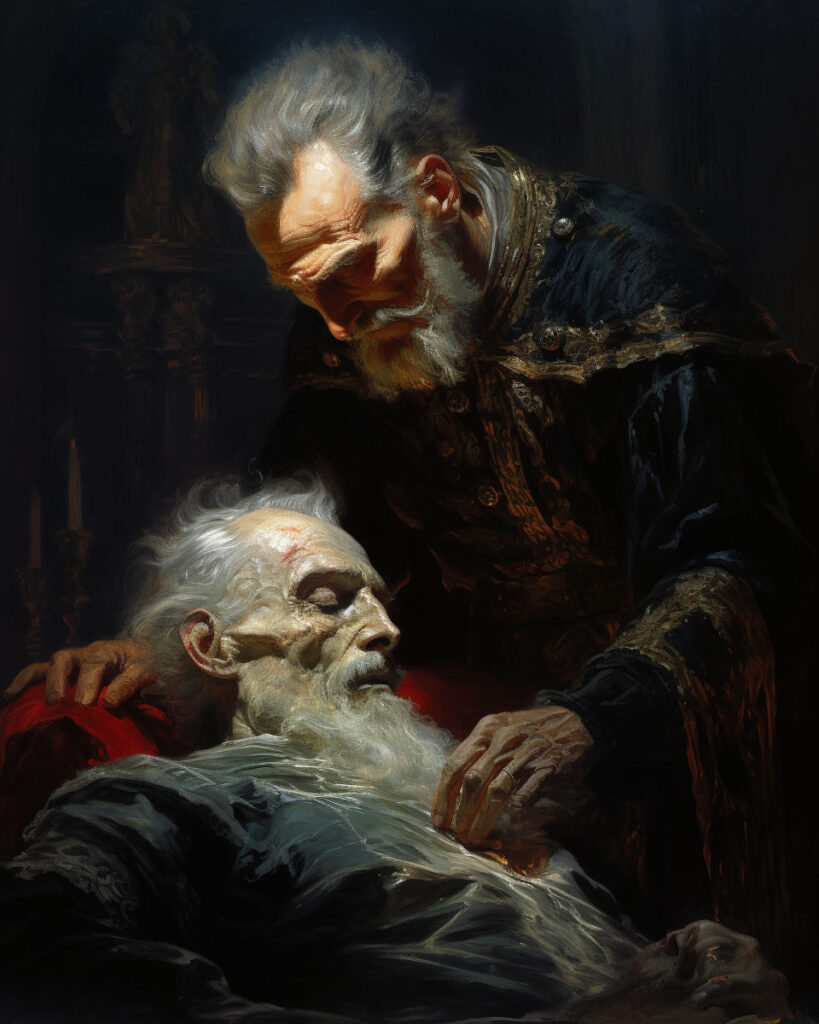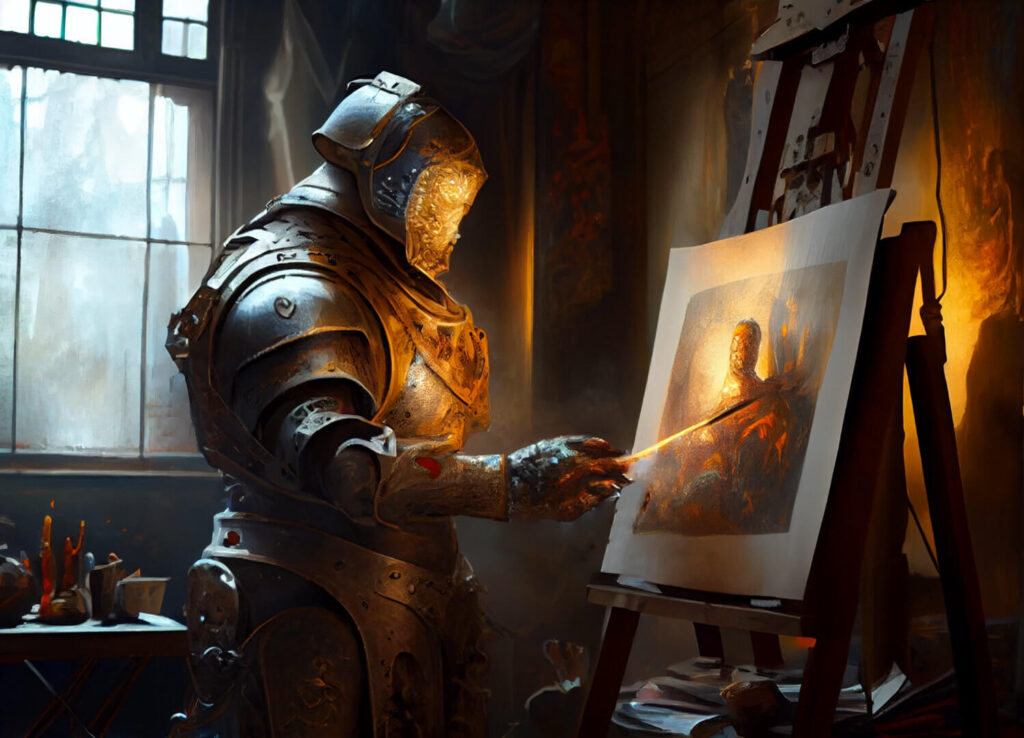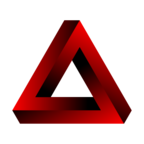The Ugly Renaissance: Is Midjourney the Future of Art?

As an artist, the thought of technology replacing my craft is both intimidating and scary. The rise of platforms like Midjourney and Dall-E, which allow anyone to create digital art with nothing more than a prompt, calls into question the future role of the artist in society.
In this blog post, I want to explore what Midjourney is, how to use it, and my thoughts and feelings about the impact Midjourney might have on the art world.
What is Midjourney?
Midjourney is a machine-learning model that generates images based on text input.
I called it a machine learning model because while most videos and articles on this topic attach the term “AI”, that’s not entirely accurate.
An AI is a technology that allows a machine to simulate human behavior (Ex Machina). Machine learning is a subset of AI which allows a machine to learn from past data without explicit programming.
And that’s basically what Midjourney and Dall-E do. Their “inspiration” is based on massive datasets that we have fed them.
Going one step deeper, the process for generation looks something like this:
- A text prompt is input into a text encoder that is trained to map said prompts to a representation space.
- Next, a model called the “prior” maps the text encoding to a corresponding image encoding that then captures the semantic information from the prompt.
- An image decoder generates a visual manifestation of the text input.
Here is a more detailed look at this process.
How Do You Use Midjourney?
Midjourney is used through Discord, a popular VoIP (voice over internet protocol) and text messaging platform used by gamers and content creators to host servers and connect with fans. Getting started is as simple as making an account on both Midjourney and Discord, then following the instructions on the Discord server.
Subscription plans are currently split between a basic model ($10/month) and a premium model ($30/month) with limits on the number of images you can output (premium is unlimited). Paying for a plan also furnishes you with a private channel where only your prompts are shown.
Once you’ve joined a channel, use the slash command /imagine to prompt the bot and tell it what you’d like it to generate. The only limit is your imagination.

My Midjourney Experience
I began using Midjourney as a beta tester and initially found its models to be lacking in terms of accurately portraying human features and anatomy, as well as its inability to handle more complex scenes. However, as the models progressed, its output has become exponentially better and, sometimes, indistinguishable from a human-created piece of art.
Prompts can be hit or miss, but it’s a lot of fun when you allow the model to be more flexible and explore different styles, palettes, and ideas. Combining the keywords “Renaissance” and “Impressionist” imagines Raphael if he used the same techniques as Monet. Adding “cinematic lighting” to anything can result in a tenebristic scene. And typing in a single word is a grab bag of ideas.
I’ve since integrated Midjourney into my workflow as an assistant: using it to generate ideas when I hit an artist’s block or iterate on thumbnails I’ve developed. While the current model’s output is staggeringly realistic, I cannot bring myself to simply copy/paste what it outputs. It feels dishonest. More so, it stymies the artistic process and tempts one to avoid the necessary pains an artist must feel to grow.
What is Midjourney’s Impact on Artists?

The accessibility of these platforms opens a lot of doors for artists and non-artists alike, including new opportunities for collaboration, easier freedom of expression, and non-destructive experimentation. But at what cost?
The abundance of all this new digital art will most likely depreciate the already abysmal societal value of the medium and its creators and force traditional artists to further adapt to stay competitive in a market that values quick(er) turnarounds.
The saddest part is that these tools aren’t to blame for this degradation. We are.
Convenience and efficiency have been the winning duo for many of the advancements throughout history. The firearm, for example, didn’t replace the bow because it was better. It was just easier to produce and could be readily adopted, even by those without training, irrespective of the fact that the bow could fire 6 arrows in the time it took to reload a rifle.
The same is true of machine-generated art. It won’t replace artists because it’s better. It’ll replace artists because it’s more convenient (and cost-effective) for someone to prompt a bot than to hire a human being.
This could, of course, be a wildly wrong assumption. But Oscar Wilde’s timeless quote rings truer now than it ever has.
Nowadays, people know the price of everything and the value of nothing.
Oscar Wilde
The Future of Art
Although I hold a rather melancholy view on this technology, Pandora’s box has been irrevocably opened. And like it or not, these tools are here to stay. In what capacity they will be utilized is hard to say, but change – for better or worse – is an inevitable part of the journey, especially when you’re an artist.
That said, there is a silver lining.
These tools operate on the data we feed them. So perhaps this new technology will force us artists to pause, sit back, and ask ourselves:
Is what I’m creating worth imitating?
© 2025 Visaic. All Rights Reserved.
